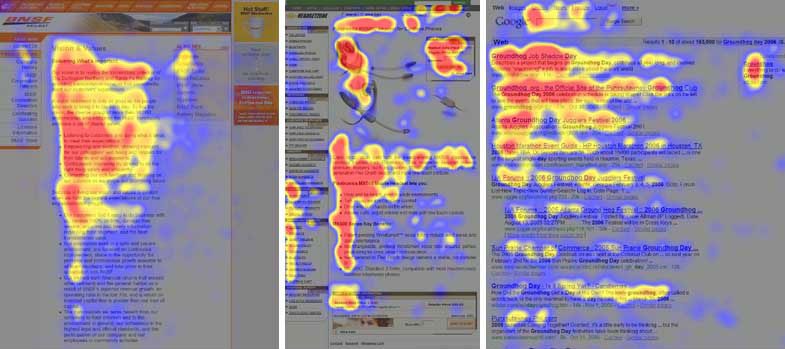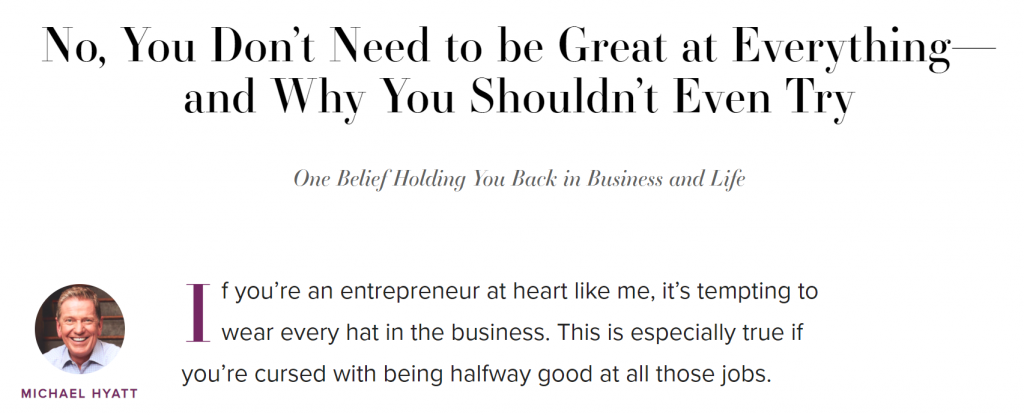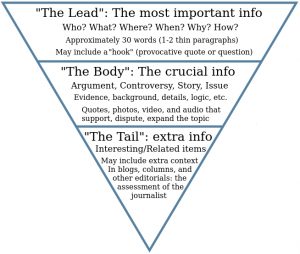How to Write Content that Actually Gets Read
December 2, 2020 | mdollareditor

 F-shapes, dwell time and the importance of scannable content
Most visitors won’t read your content. At least, not all of it. They’ll read a few sentences, scan the rest, and move on with their lives. It’s a cold, hard reality all content marketers face. Accept it. Embrace it. But don’t think you can’t make your content better. Instead, seek to understand the ways readers consume content online — it’s different from print — and make your content inviting for them. Your readers will love you, search engines will reward you, and you’ll end up with more traffic. And in the end, more business. The longer we can keep our readers engaged, the better. In this article, I’ll talk about the way readers interact with online content. After that, I’ll give you some tips you can implement immediately to keep your readers engaged and on your pages longer.
F-shapes, dwell time and the importance of scannable content
Most visitors won’t read your content. At least, not all of it. They’ll read a few sentences, scan the rest, and move on with their lives. It’s a cold, hard reality all content marketers face. Accept it. Embrace it. But don’t think you can’t make your content better. Instead, seek to understand the ways readers consume content online — it’s different from print — and make your content inviting for them. Your readers will love you, search engines will reward you, and you’ll end up with more traffic. And in the end, more business. The longer we can keep our readers engaged, the better. In this article, I’ll talk about the way readers interact with online content. After that, I’ll give you some tips you can implement immediately to keep your readers engaged and on your pages longer. The difference between print reading and screen reading
Print reading is linear. You start at the beginning and make your way to the end. You can’t open a new tab in the middle of a book and do a quick Google search. You’re along for the ride. Screen reading, on the other hand, is a different sort of animal. People are online to find information, solutions to their problems or answers to their questions. They want to find what they’re looking for in the shortest amount of time. They search, they click, they scan. When writers approach online writing the same way they do with print, some obvious problems arise. The writing is intimidating. Large blocks of text scare readers away. Introductions take too long to get to the point. Writing sounds more like an undergrad essay than something to be hungrily consumed by the time-crunched web reader. To write for the internet, you need to know how readers scan on the web.The “F-shaped” scanning pattern
Human behavior is often predictable. Back in 2006, the Nielson Norman Group released a research study that confirmed what many online content creators already suspected: people don’t read webpages, they scan them. Using eye-tracking technology, the study found that users scanned online content in a predictable F-shaped pattern:- Users read the first sentence or line of the content (the top horizontal bar of the F).
- Then, their eyes dart down the page a bit, and they read a second line of content (the second horizontal bar of the F).
- Finally, they scan the left side of the content up and down, representing the vertical bar of the F.

Why time on the page matters
The problem with the F-shaped scanning pattern is that it leads to low dwell times. And dwell time is one of the all-important metrics that search engines use when deciding how to rank pages in the results page. The longer a visitor stays on a page, the more relevant it is in the eyes of Google. Our job, as marketers, is to do everything in our power to get our readers to go beyond the F-shaped scanning pattern when reading our content. We accomplish this by writing and formatting content that is easy to read and gives our users the information they need as efficiently and effectively as possible. This keeps them engaged and lowers the chance they’ll hit that dreaded back button.7 ways to create irresistible, scannable content
Getting online content right is a little bit art, and a little bit science. There’s the formating element that makes your content visually appealing and less scary to the visitor. And then there’s the language element that keeps them engaged and interested until the very end. Use these 7 tips as a starting point to infuse both elements into all your content efforts.#1. Give your content a killer headline
The headline is the most important element of your content. If your headline is weak, your readers won’t even bother reading the rest. Good headlines grab a reader’s attention and create a desire to keep reading. A headline is also a promise. If someone is reading your page, chances are they got there through a Google search. Which means they’re looking for an answer or some specific piece of information. So make sure your headline lets them know what’s in it for them.
#2. Make your first sentence a slam-dunk
The first sentence is almost as important as the headline. Remember the F-shaped pattern? That top horizontal bar in the F is readers trying out the content by reading the first line. If you want to break the F, that first sentence has to make the reader want to move on to the next sentence instead of scanning down the page. Each sentence should lead the reader to eagerly consume the next sentence, and so on until they’re roped in. Legendary copywriter and author of The Adweek Copywriting Handbook Joseph Sugarman calls this the “slippery slide.” His advice for the first sentence? “Keep it short.”#3. Break up your text with bullets and lists
The internet loves lists. If your content has more than a couple points or tips, consider writing your article in list format using bullets or numbers. List posts are instantly scannable and avoid the oft-intimidating nature of essay-styled posts. List posts have another benefit: they lead to great headlines. 7 Reasons to Cancel Your Cable Subscription grabs attention and tells readers exactly what to expect for the rest of the article.#4. Images are your friends
We are visual creatures. Images are instantly processed by our brains, no scanning or reading necessary. A high-quality image at the top of a post helps draw readers in and assures them they aren’t about to read just another boring block of text. You know that old trope in TV and movies. Someone gets caught with an adult magazine and they say “I only read it for the articles.” It’s funny because we know it isn’t true. When it comes to online content, nobody is just reading the articles.
#5. Use headings and subheadings
Large chunks of text are intimidating. For your reader, it’s like staring out into untamed wilderness. They have no idea what could be lurking out there. By breaking up your text with headings and subheadings, you’re giving your reader some signposts to help them get their bearings. When you’re working on a piece of content, think about the main points you’re trying to get across and use them as subheadings. When a reader lands on your page and gives it that first scan, they’ll have a clear understanding of what’s in store for them when they give it a complete read.#6. Keep it simple and conversational
Your readers aren’t stupid. But that doesn’t mean you should sprinkle your writing with technical words when simpler language will do. Using simple language won’t insult your readers’ intelligence. Brevity and simplicity are cornerstones of great content. A good way to keep your language light is to think of your content as a conversation. It should read the same way it would be spoken. That means you can ditch some of those rules you learned in high school English class. Want to start a sentence with “but” or “and?” Go right ahead.#7. Get right to the point
Many of your readers are starved for time. So it’s in your best interest (and theirs) to give the important bits of info right off the bat. Don’t spend too much time “warming up.” Try to give your readers a glimpse at what they’re going to get out of your content in the first paragraph. Throughout your content, you also want to lead with the important stuff. That means making your points at the beginning of paragraphs and sections and supporting those points in the content that follows. In the journalism world, it’s called the inverted pyramid:
Conclusion
Just because scanning is the default setting for people reading online content doesn’t mean your content won’t be read. It means that in the battle for attention, the content best adapted for scanning will always be the winner. So embrace the scan.How useful was this post?
Click on a star to rate it!
Average rating 4 / 5. Vote count: 1
No votes so far! Be the first to rate this post.
Free training: Be confident around anyone
Join our free training and learn:How to be more confident around anyone.
How to stop feeling self-conscious using the "OFC-method".
Why you don't need out-of-your-comfort-zone exercises to be confident.
Why some are so confident despite not having the looks, money, or a "cool job".
Start my free training.
Lorem ipsum dolor sit amet, consectetuer adipiscing elit. Donec odio. Quisque volutpat mattis eros. Nullam malesuada erat ut turpis. Suspendisse urna nibh, viverra non, semper suscipit, posuere a, pede.
mdollareditor
mdollareditor
Related
Drive quality organic leads with our SaaS content blueprint.
Download Blueprint


